How to Do Forecasting in Power BI (Steps & Accuracy Metrics)
Remember our last guide - Power BI forecasting? It revealed things that truly blocks accuracy, both structural and situational. Now it's time to take the next step. Knowing Power...
Listening is fun too.
Straighten your back and cherish with coffee - PLAY !
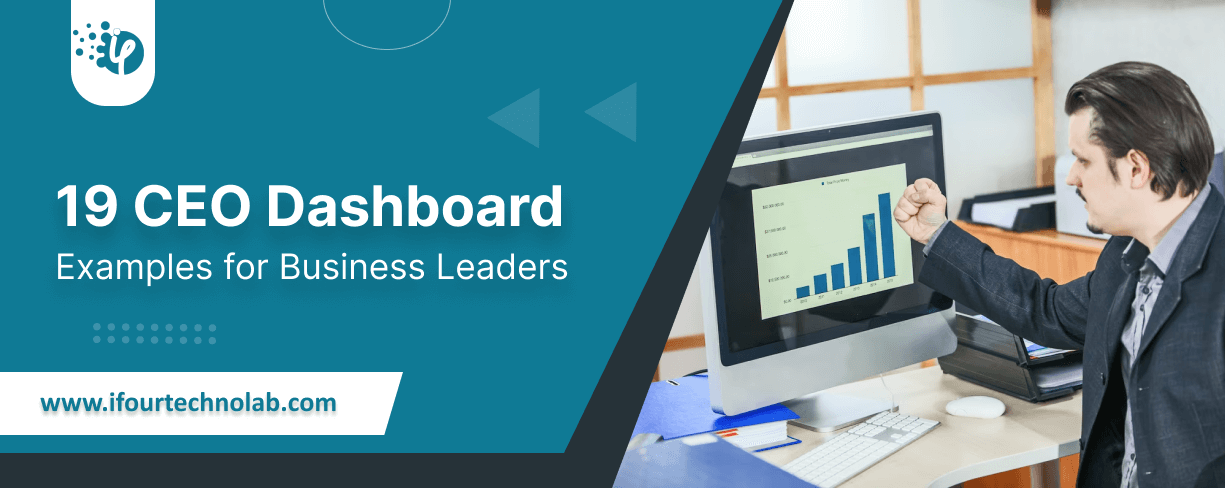
Let's rewind to the 1990s. Data used to be stored on servers and CEOs relied on basic tools to make optimal decisions. No dashboards, nothing.
When you use Power BI with a solid plan, it allows you to grasp how customers act, spot trends, improve business processes, and make smart decisions based on the data.
Fast forward to the 2000s, cloud servers like AWS, GCP, and Microsoft Azure caught the market by offering big data storage, scalability, and rapid performance. This is when business intelligence started gaining hype among industries and other executives.
BI services allow you to build dynamic dashboards specific to your role, let’s say CEO. With its real-time visuals and actionable insights, you can make informed decisions quickly while keeping every department in sync.
In this blog, we will explore various examples of CEO dashboards that help in finding weak spots and improving decisions.
Your business success and revenue depend on how well you make decisions. And this is where CEO dashboards enter to fuel this aspect. Given below are some of the best use cases of Executive dashboards which make decision-making a breeze.
Take a look at these prime Power BI use cases we've crafted for our industry CTOs. These BI examples helped them simplify their operational decisions!
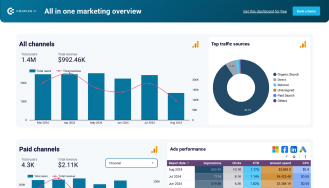
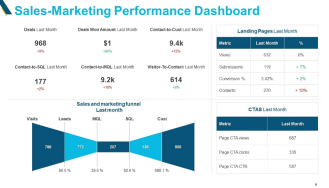
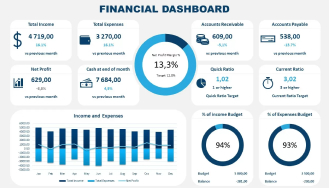
CEO dashboards for healthcare providers offer a thorough view of key performance indicators (KPIs) – critical for the right decisions.
These dashboards typically include:
Because these BI dashboards are built using various technologies like Fabric, Looker, Tableau or Power BI, integrating healthcare data sources becomes seamless. This includes EHRs, patient feedback surveys, billing systems, etc.
Hire Power BI developers to create your custom CEO dashboards
Let’s look at the examples or use cases of CEO dashboards:
This Healthcare CEO dashboard offers insights into patient demographics, treatment outcomes, and operational efficiency.
Focus area: Patient care and hospital operations.
How often - Monthly or quarterly.
Key metrics:
Data sources integrated: Electronic Health Records (EHR), and patient management systems.
Examples: Reducing patient wait times, and optimizing bed usage.
With this CEO dashboard, you dig deeper and track the financial health and revenue cycle performance of the hospital.
Focus area: Financial management and revenue optimization.
How often - Daily or weekly.
Key metrics:
Data sources integrated: Financial software, billing systems.
Examples: Improving cash flow, reducing claim denials.
This is yet another CEO dashboard for healthcare that helps you monitor compliance with healthcare regulations and learn potential risks.
Focus area: Regulatory compliance and risk management.
How often - Monthly or as needed.
Key metrics:
Data sources integrated: Compliance management systems and incident reporting tools.
Examples: Ensuring regulatory compliance, and mitigating risks.
Focus area: Staff performance and resource management.
How often - Monthly or quarterly.
Key metrics:
Data sources integrated: HR systems, resource management tools.
Examples Enhancing staff productivity, and optimizing resource allocation.
Get your workflows automated seamlessly with Power Automate consulting services
Meanwhile, check out how to use healthcare analytics – best tips given by expert.
With this healthcare executive dashboard, you can measure patient satisfaction and overall experience.
Focus area: Patient feedback and service quality.
How often - Monthly or quarterly.
Key metrics:
Data sources integrated: Patient feedback surveys, and service quality assessment tools.
Examples: Improving patient satisfaction, and enhancing service quality.
This CEO dashboard is often used by Physiotherapists to track the performance of telemedicine and remote care services.
Focus area: Telehealth services and remote patient monitoring.
How often - Weekly or monthly.
Key metrics:
Data sources integrated: Telehealth platforms, remote monitoring systems.
Examples: Expanding telemedicine services, and improving remote care outcomes.
Move your data analytics effectively with Power BI Migration services
Financial CEO dashboards offer a comprehensive view of key performance indicators (KPIs) – critical for making strategic decisions. These Business Intelligence dashboards typically include:
Because these Financial data visualization dashboards are built using various platforms like Fabric, Tableau, Looker or Power BI, integrating fintech data sources becomes seamless. This includes transaction databases, customer feedback surveys, compliance systems, etc.
Here’s an example use case of CEO dashboard.
However, the problem is that as the financial business grows, so does the data. Devastatingly displaying too much data in a common CEO dashboard looks more and more complex. That’s why CEO dashboards are divided into various types as follows:
Fintech Risk assessment dashboard you can check and monitor risk and compliance metrics specific to fintech operations.
Focus area: Risk management and regulatory compliance.
How often - Daily or weekly.
Key metrics:
Data sources integrated: Risk management systems and compliance databases.
Examples: Identifying potential risks, and ensuring regulatory adherence
Drive innovation through Power Platform consulting services
Revenue forecasting CEO dashboard provides actionable insights into revenue projections and budgeting performance which help you make optimal decisions.
Focus area: Financial planning and analysis.
How often - Monthly or quarterly.
Key metrics:
Data sources integrated: Financial software, and budgeting tools.
Examples: Accurate revenue forecasting, and effective budget management.
With this customer acquisition executive dashboard, you can track KPIs related to acquiring and retaining customers.
Focus area: Marketing and customer relationship management.
How often - Weekly or monthly.
Key metrics:
Data sources integrated: CRM systems, marketing analytics tools.
Examples: Improving customer acquisition strategies, enhancing retention efforts.
Read More: How to Export Power BI Data to Excel
This executive dashboard evaluates the performance of investments and portfolios, helping CEOs make informed financial decisions.
Focus area: Investment management and portfolio analysis.
How often - Monthly or quarterly.
Key metrics:
Data sources integrated: Investment management software, financial databases.
Examples Optimizing investment strategies, tracking portfolio performance.
Build your apps in no time with a Low code app development services
This CEO dashboard assists you in monitoring fraud detection and cybersecurity metrics of your enterprise.
Focus area: Security and fraud prevention.
How often - Daily or as needed.
Key metrics:
Data sources integrated: Security information and event management (SIEM) systems, and fraud detection tools.
Examples: Detecting fraudulent activities, and enhancing cybersecurity measures.
This CEO dashboard enables you to track compliance with regulations and audit results.
Focus area: Regulatory compliance and audit management.
How often - Quarterly or as needed.
Key metrics:
Data sources integrated: Compliance management systems, and audit tools.
Examples: Ensuring regulatory compliance, and addressing audit findings.
This operational dashboard provides insights into operational costs and optimization opportunities.
Focus area: Cost management and operational efficiency.
How often - Monthly or quarterly.
Key metrics:
Data sources integrated: ERP systems, and cost management tools.
Examples: Reducing operational costs, and improving efficiency.
CEO dashboards for legal firms offer a comprehensive view of key performance indicators (KPIs) – critical for making informed decisions. These dashboards typically include:
Because these BI dashboards are built using various technologies like Looker, Tableau, Microsoft Fabric or Power BI, integrating legal data sources becomes seamless. This includes case management systems, client feedback surveys, billing systems, etc.
However, the problem is that as the organization grows, so does the data. Overwhelmingly presenting too much detail in a common CEO dashboard becomes more complex. That’s why Legal Executive dashboards are divided into various types as follows:
This Executive dashboard helps legal consultants and CEOs find the progress of legal cases and billable hours.
Focus area: Case management and billing efficiency.
How often - Weekly or monthly.
Key metrics:
Data sources integrated: Case management systems, and time tracking tools.
Examples: Monitoring case progress, and optimizing billable hours.
This litigation dashboard provides insights into the financial health of the law firm.
Focus area: Financial management and performance analysis.
How often - Monthly or quarterly.
Key metrics:
Data sources integrated: Financial software and accounting systems.
Examples: Improving financial performance, and managing expenses.
This dashboard helps executives in measuring client retention rates and satisfaction levels.
Focus area: Client relationship management.
How often - - Monthly or quarterly.
Key metrics:
Data sources integrated: CRM systems, and client feedback tools.
Examples: Enhancing client satisfaction, and improving retention strategies.
Check out this video that clearly explains the Legal executive dashboard and its key performance indicators.
With this executive dashboard, you can monitor compliance followed by legal regulations and identify risks.
Focus area: Regulatory compliance and risk management.
How often - Monthly or as needed.
Key metrics:
Data sources integrated: Compliance management systems and risk assessment tools.
Examples Ensuring regulatory compliance, and mitigating risks.
This performance dashboard for legal executives evaluates the work productivity and performance of attorneys.
Focus area: Workforce management and performance analysis.
How often - Monthly or quarterly.
Key metrics:
Data sources integrated: HR systems and performance management tools.
Examples: Enhancing attorney productivity, and improving performance metrics.
This CEO dashboard plays a vital role in tracking litigation trends and settlements.
Focus area: Litigation management and trend analysis.
How often - Quarterly or as needed.
Key metrics:
Data sources integrated: Case management systems, and legal databases.
Examples: Analyzing litigation trends and optimizing settlement strategies.
So, all these are the Executive dashboard examples that help CEOs in optimal decision making be it for healthcare, fintech, legal, etc.
(Turning insights into various data visualizations)
A great Executive dashboard is something that tells you exactly how your business is performing, whether it is for legal, healthtech, or fintech. These come in various types and that’s what we discussed in this article.
This article walked through 19 CEO dashboards each explaining in detail about their focus area, primary users, key metrics, data sources integrated and how often one can look into it. We hope you find this useful and helped you learn several things that you were not aware of before.
Want to build custom executive dashboards? Partner with iFour, a leading CEO dashboard development company, and get your needs done.
This eBook shows you how.
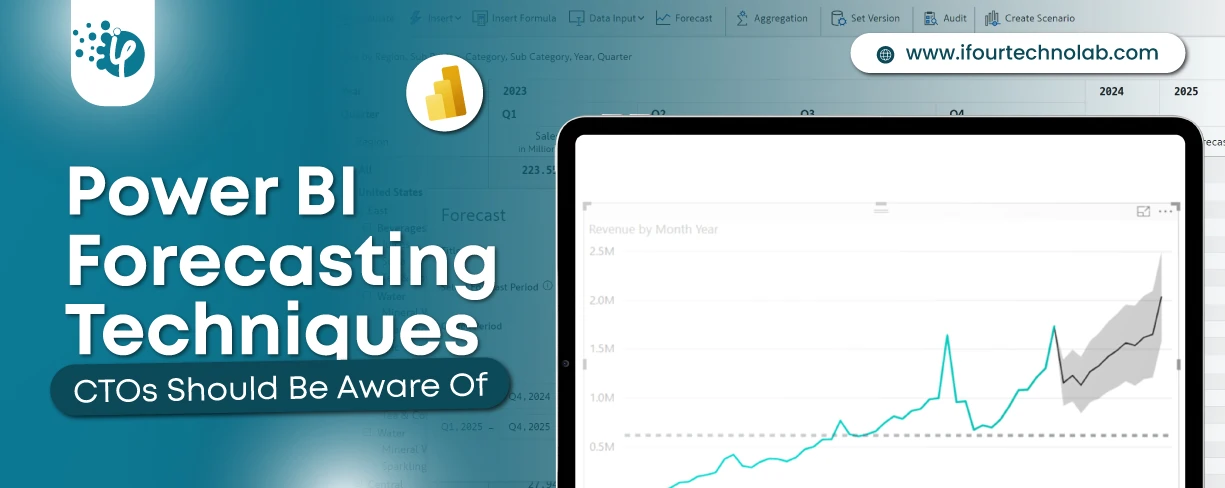
Remember our last guide - Power BI forecasting? It revealed things that truly blocks accuracy, both structural and situational. Now it's time to take the next step. Knowing Power...
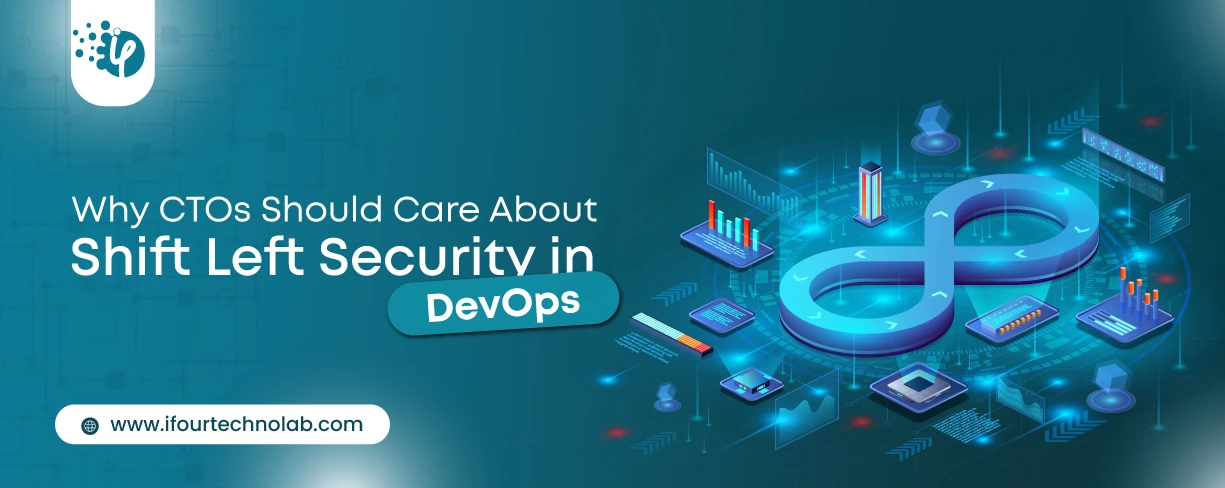
Security has always been a major concern. Your company spends millions on cybersecurity tools, and guess what? You’re still vulnerable. When you're working in the cloud, especially...
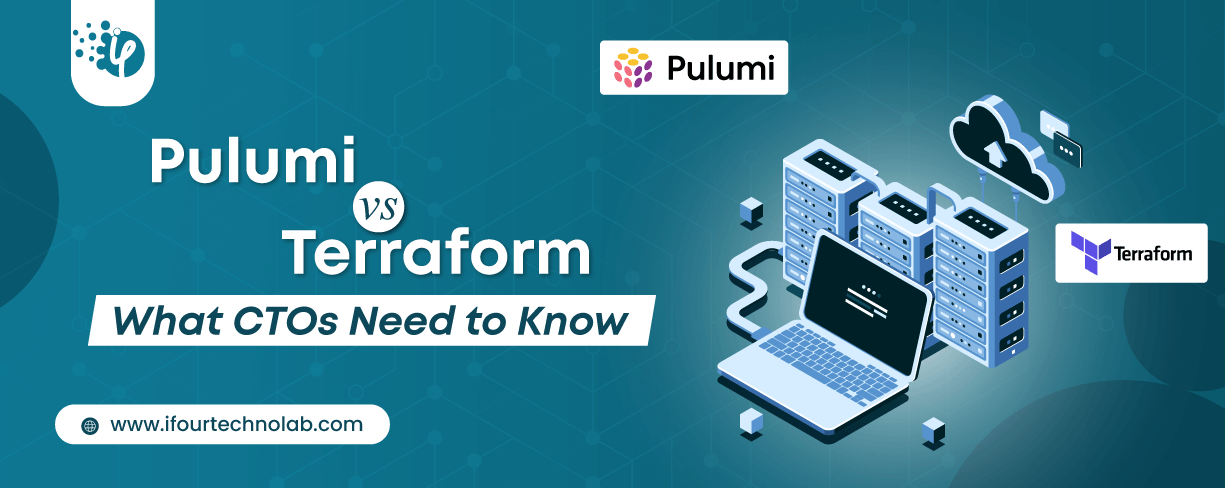
Automation isn’t just a trend anymore. It’s a must-have for any business relying on the Cloud. As the firm grows, cloud infrastructure gets more complex. So, choosing the right Infrastructure...